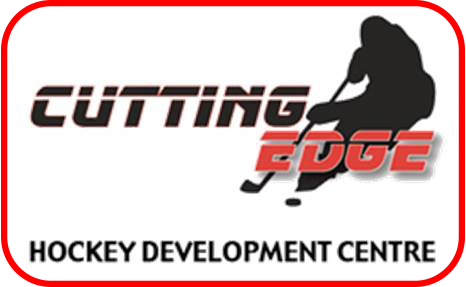![]()
Training with Tavares Part 2
John Tavares has been one of the premier goal scorers in the National Hockey League for a number seasons. Tavares’ goal scoring prowess can be attributed in part to his skill level, but also to his intelligence and understanding of the tactics and strategies goaltenders employ to defend to the net and how to exploit them.
Understanding the Quiet Eye
The term “Quiet Eye” was first proposed by University of Calgary scientist Joan Vickers and refers to the location of the goaltender’s eyes or “gaze” immediately prior to the release of a shot. In a 2006 study of Quiet Eye and goaltender performance, Vickers found that the most successful goaltenders were able to fixate their gaze on the puck and the shooter’s stick blade prior to the release of a shot for much longer periods of time than those who struggled to stop the puck consistently.
When a goaltender is attempting to determine where the puck is travelling as it exits the stick blade the goaltender completes a sub conscious process where they analyze the angle of the shooter’s stick blade to determine the trajectory of the shot (low, middle or high) and the location of the shot in relation to the mid line of the goaltender’s body (blocker side, glove side or middle). Once this process is completed the goaltender initiates their save response, choosing the save selection they believe gives them the best opportunity to make the save.
What does this mean for goal scorers? It means that the longer the puck remains in contact with the shooter’s stick blade prior to the shot release, and longer the puck remains in a consistent, stable position on the shooter’s stick blade, the easier it is for the goalie to narrow their gaze on the puck and shooter’s blade and subsequently determine where the puck is travelling.
John Tavares is a master at manipulating the puck by dribbling it quickly in different directions prior to releasing his shot. During his training session at Cutting Edge with SL49 Head Instructor Stefan Legein, Tavares feverishly shifted the puck forcing the goaltender to continuously shift both their eyes to maintain their gaze on the puck and their feet to move laterally to maintain their angle.
By quickly maneouvering the puck from forehand to backhand and vice versa prior to shooting, Tavares prevents the goaltender from quieting and narrowing their gaze on the puck. The goaltenders eyes are in constant motion prior to the release of his shot making it next to impossible for the goalie to fixate their gaze for a long enough period to read the release correctly.
Similarly, Tavares is able to create shooting lanes when none appear visible simply by changing the angle of attack, shifting the puck left or right and opening up net that wasn’t initially available to him.
If you want to make it easier for the goaltender to make a save, simply approach the net with the puck in the same position on your stick blade for an extended period of time and the goalie will have no problem reading the release of the puck off of your blade and making the save.
Deception is critical to scoring goals and John Tavares is truly a master of deception.
Check out his wizardry in action in the video below.



